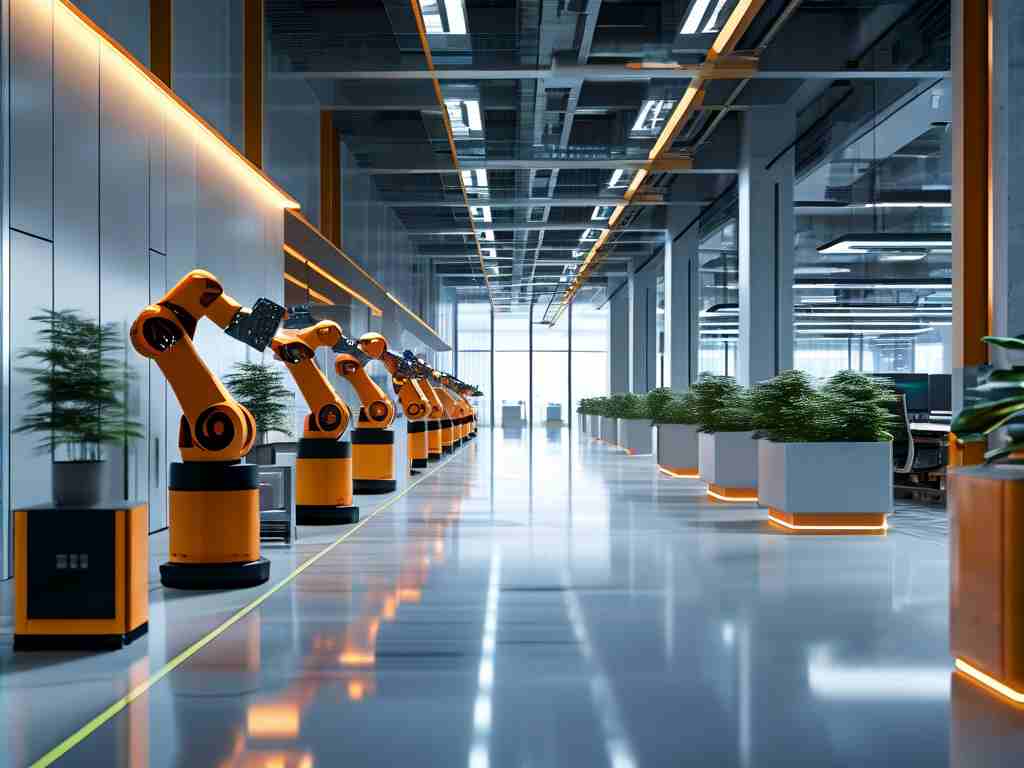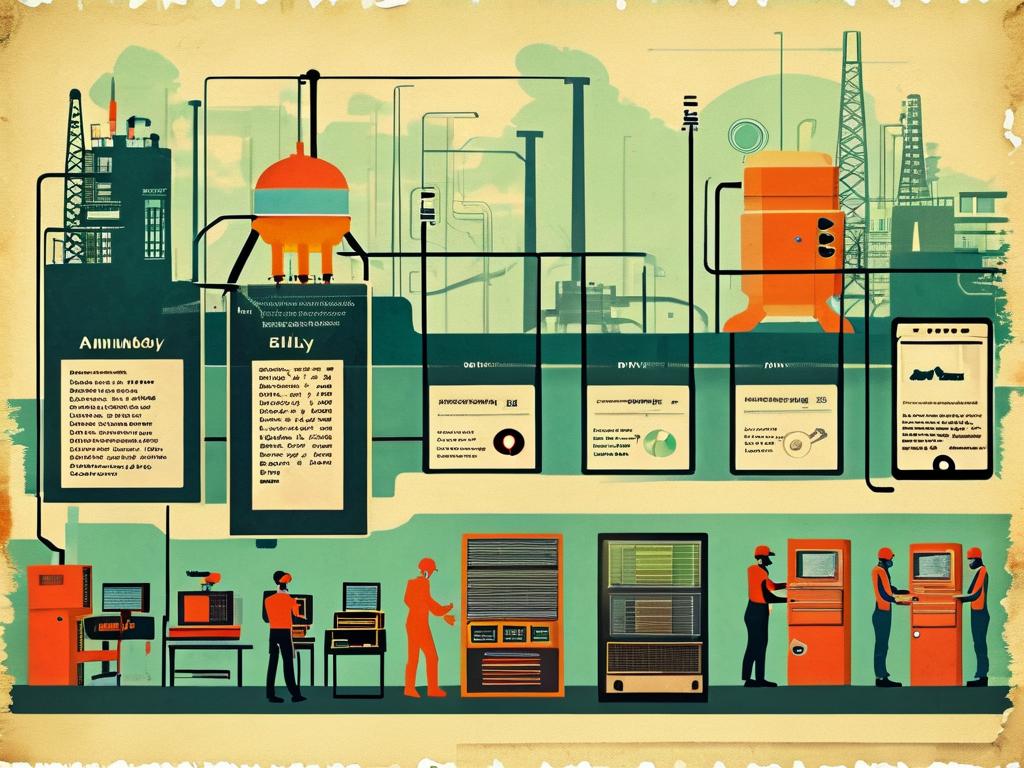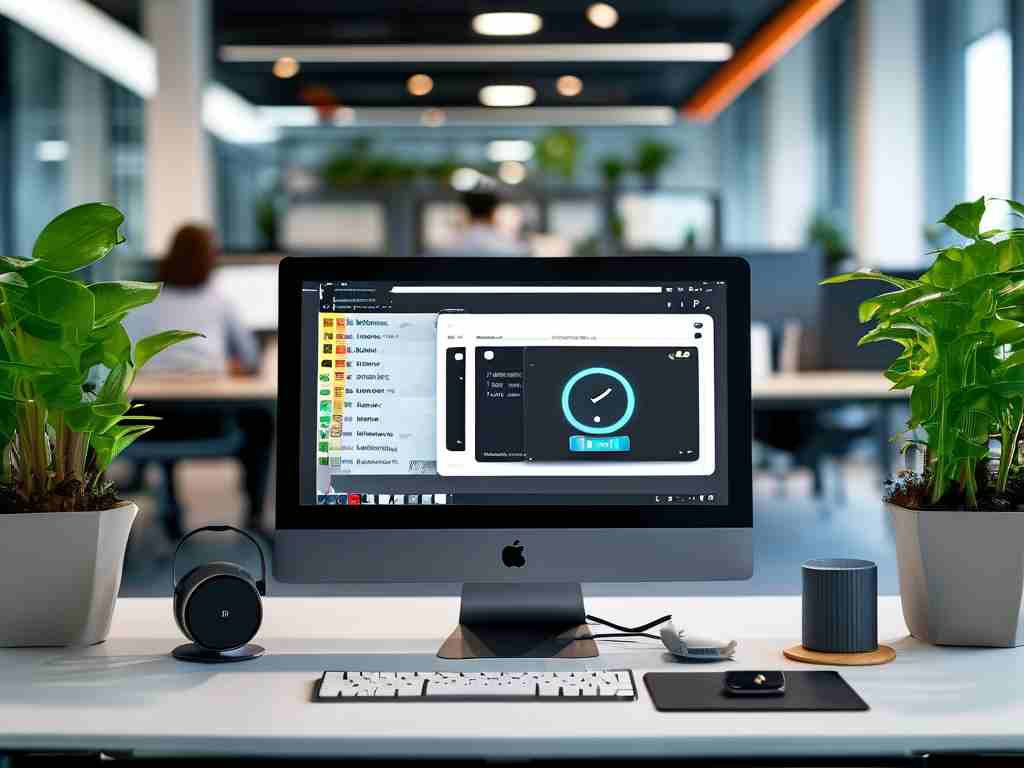The rapid adoption of robotic inspection systems across industries has exposed critical technical challenges that hinder their full potential. While these machines promise enhanced safety and operational efficiency, engineers face multilayered obstacles spanning hardware design, algorithmic precision, and real-world adaptability.

Sensor Fusion Complexity
Modern inspection robots rely on intricate sensor arrays combining LiDAR, thermal imaging, and multispectral cameras. The integration challenge lies not in hardware assembly but in achieving millisecond-level synchronization between disparate data streams. Underground pipeline inspection bots, for instance, must reconcile millimeter-wave radar readings with gas concentration sensors while maintaining positional accuracy through GPS-denied environments. Current solutions employ adaptive neural networks that prioritize sensor inputs based on environmental conditions, yet false positives in defect detection remain 12-15% higher than human-led inspections according to 2023 energy sector reports.
Dynamic Navigation Limitations
Unlike controlled factory settings, field-deployed robots encounter unpredictable terrain variations. A wind turbine inspection robot recently developed by Nordic Energy Solutions failed 23% of blade surface scans during storm simulations due to vibration interference. This highlights the gap between laboratory prototypes and real-world operational readiness. Emerging solutions combine probabilistic motion planning with material science innovations – such as magnetorheological adhesives for vertical surface adherence – but these add significant weight and power consumption tradeoffs.
Data Processing Bottlenecks
A single offshore oil rig inspection generates over 4TB of multimodal data daily. While edge computing solutions have reduced cloud dependency, processing latency still averages 8.2 seconds per decision cycle in current industrial models. The semiconductor industry's push toward dedicated inspection processing units (IIPUs) shows promise, with early prototypes achieving 93% defect classification accuracy at 1.7-second intervals. However, these custom chips escalate system costs by approximately 40%, creating adoption barriers for small-scale operators.
Energy Autonomy Challenges
Field robots require power systems balancing endurance with performance demands. Solar-hybrid drones used for transmission line inspections demonstrate this dilemma – increased panel surface area improves charging but reduces aerodynamic efficiency. Recent breakthroughs in contact charging systems, where bots draw power from inspected infrastructure, show potential. China's State Grid reported a 37% efficiency gain using rail-mounted charging claws on high-voltage lines, though material degradation issues persist beyond 200 contact cycles.
Regulatory and Standardization Gaps
The absence of unified certification frameworks complicates cross-industry deployment. A chemical plant inspection robot compliant with EU ATEX standards may violate North American hazardous location classifications due to divergent battery encapsulation requirements. International standardization bodies are now developing modular certification protocols, but jurisdictional conflicts over liability frameworks for autonomous inspection decisions remain unresolved.
These interconnected barriers form what industry analysts term the "Robotic Inspection Paradox" – while demand surges across energy, manufacturing, and urban infrastructure sectors, fewer than 18% of deployed systems achieve their projected ROI timelines. Overcoming these challenges requires coordinated advancements in modular architecture design, self-diagnostic AI systems, and industry-specific validation protocols. As material scientists collaborate with edge computing specialists, the next generation of inspection robots may finally bridge the gap between technological possibility and operational reality.









